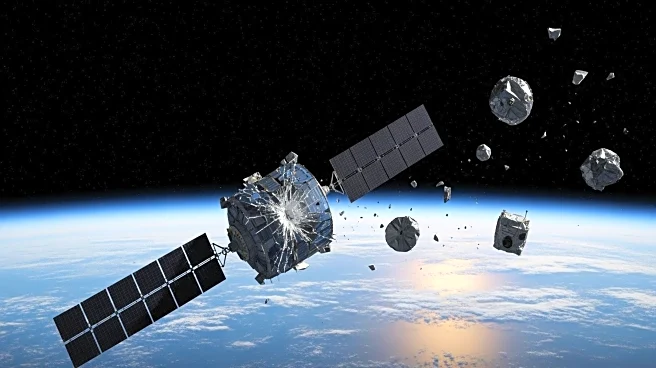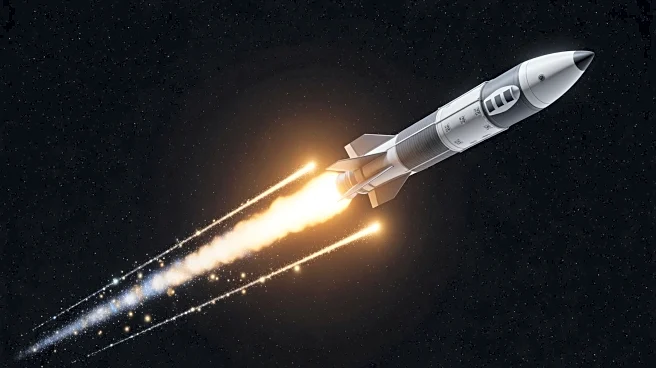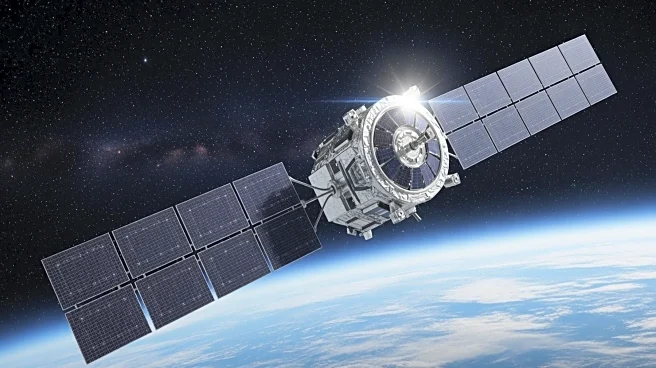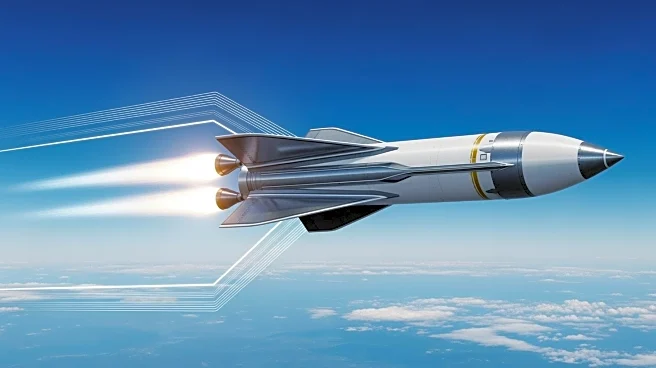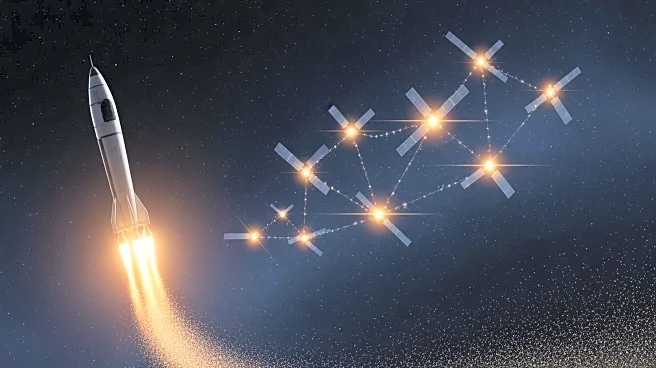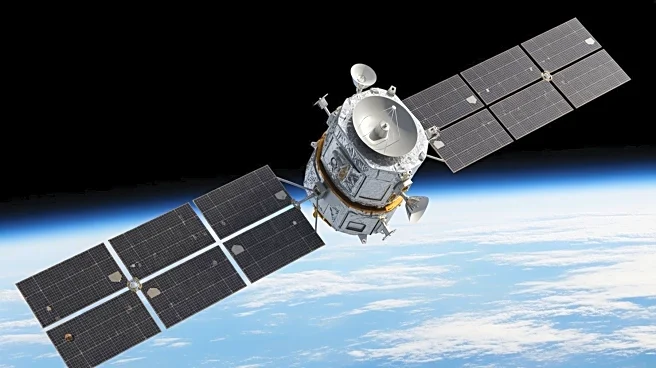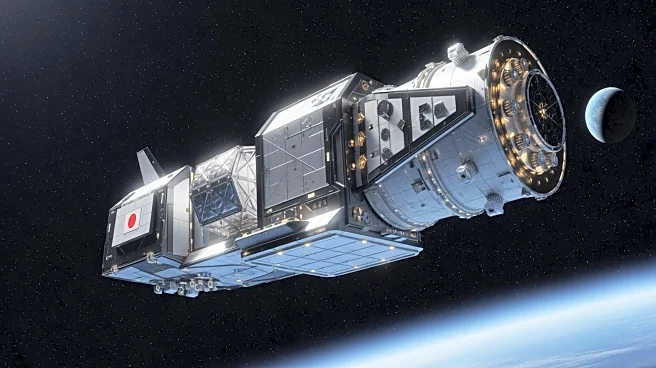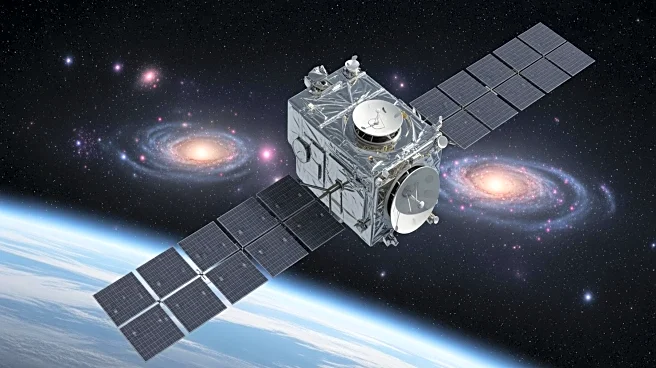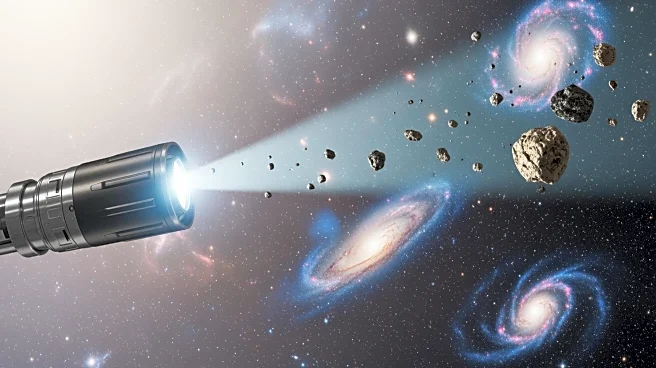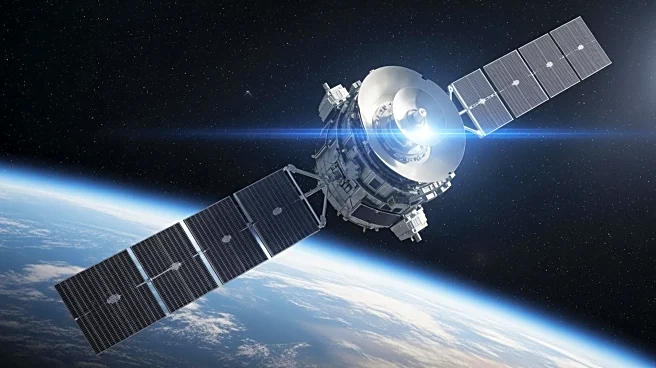What's Happening?
The increasing frequency of space debris crashes is raising alarms among aerospace engineers and policymakers. Recent incidents, such as a metal cylinder from the International Space Station damaging a Florida
home and a fragment from a SpaceX Crew Dragon capsule landing on a Canadian farm, highlight the growing problem. Experts warn that these events, once rare, are becoming more common as defunct satellites and rocket stages reenter Earth's atmosphere. The issue is exacerbated by the proliferation of mega-constellations like Starlink, which contribute to the clutter in space.
Why It's Important?
The rising incidence of space debris crashes poses significant risks to human life and infrastructure. Historical precedents, such as the 1978 radioactive debris from Kosmos 954 in Canada, underscore the potential for harm. As satellite launches increase, the likelihood of personal injury, though slim, is not negligible. This situation calls for international agreements and improved tracking and deorbiting protocols to ensure orbital sustainability. The economic and safety implications are vast, affecting industries reliant on satellite technology and raising liability concerns for property damage.
What's Next?
Industry responses include developing 'space armor' tiles to protect against debris and innovative cleanup methods like using ion engine exhaust to deorbit junk. Policymakers are urged to establish better regulatory frameworks to manage space debris. The European Space Agency and NASA are actively involved in addressing these challenges, emphasizing the need for concerted international action to prevent further incidents and ensure the future of space exploration.
Beyond the Headlines
The ethical and legal dimensions of space debris management are becoming increasingly relevant. Questions about liability for damages caused by space debris and the responsibility of space-faring nations to mitigate risks are gaining attention. The long-term sustainability of space activities hinges on addressing these issues, as the continued accumulation of debris could hinder future exploration and satellite operations.
